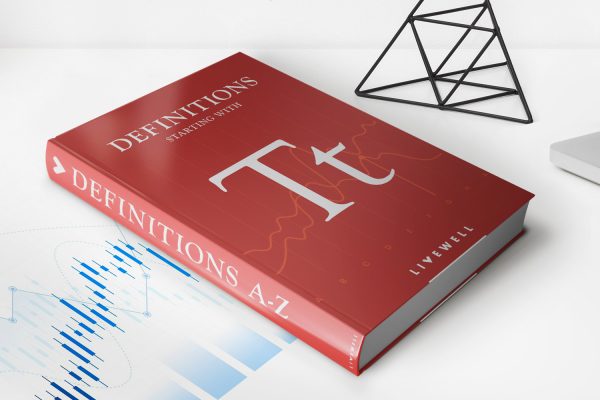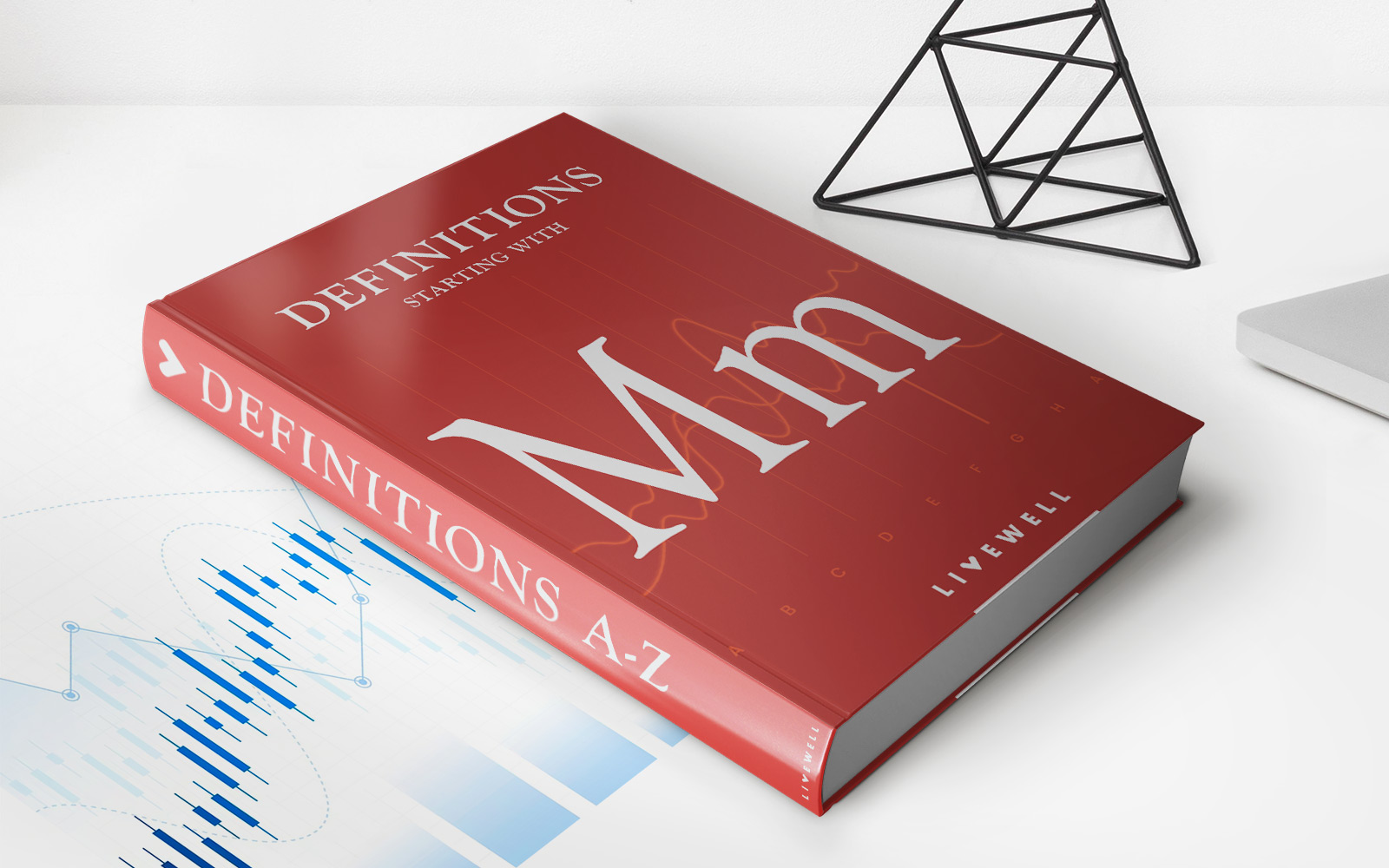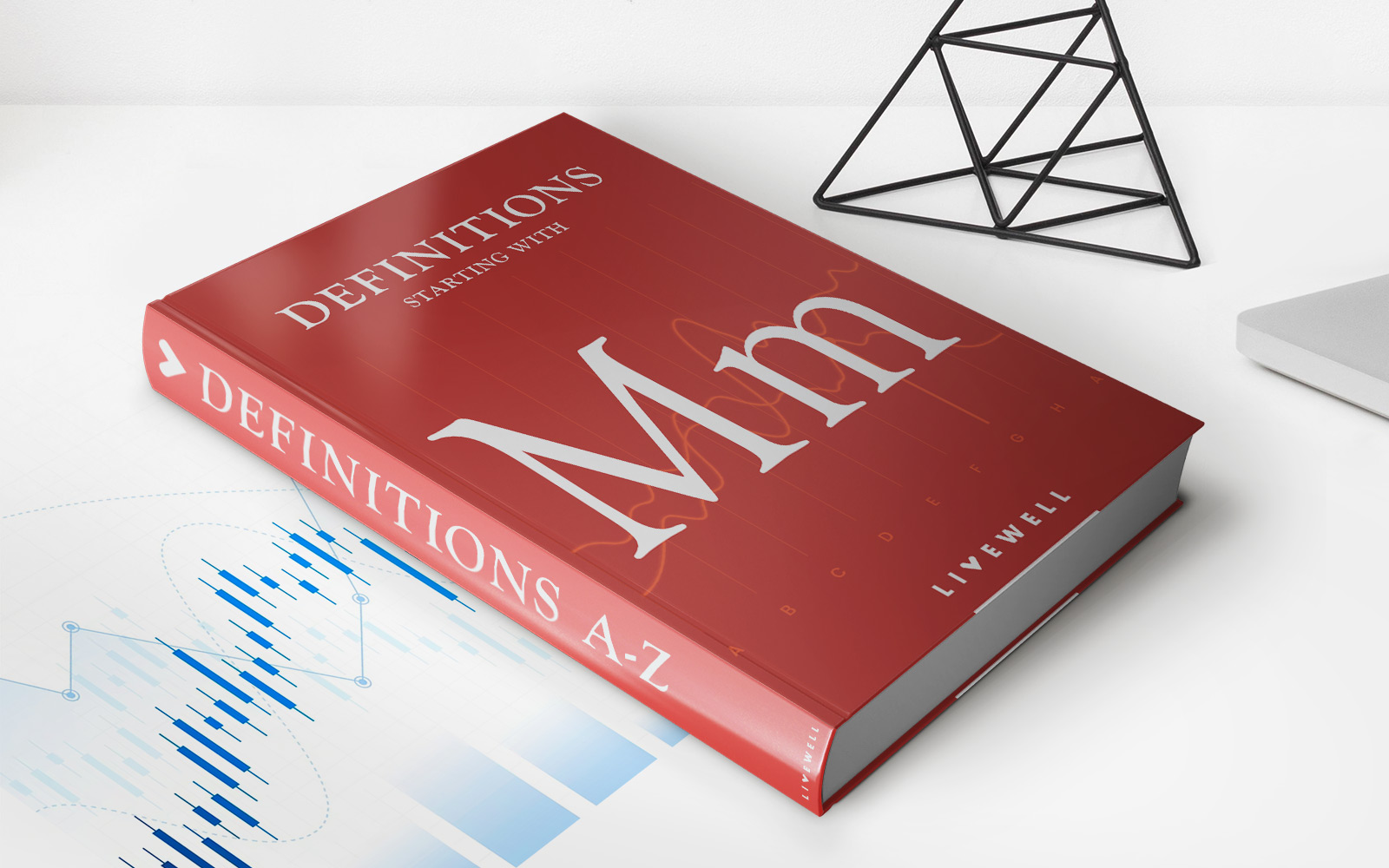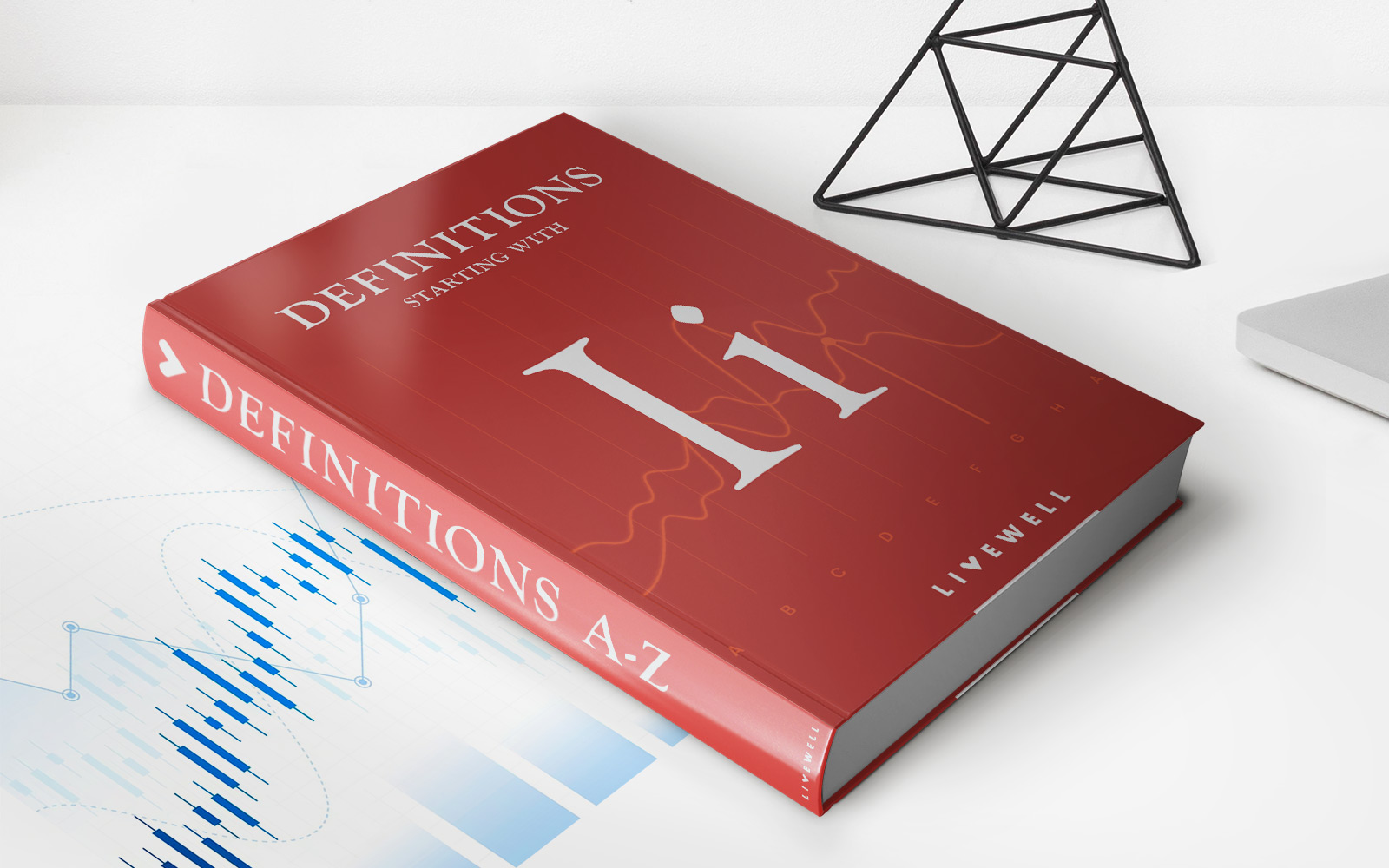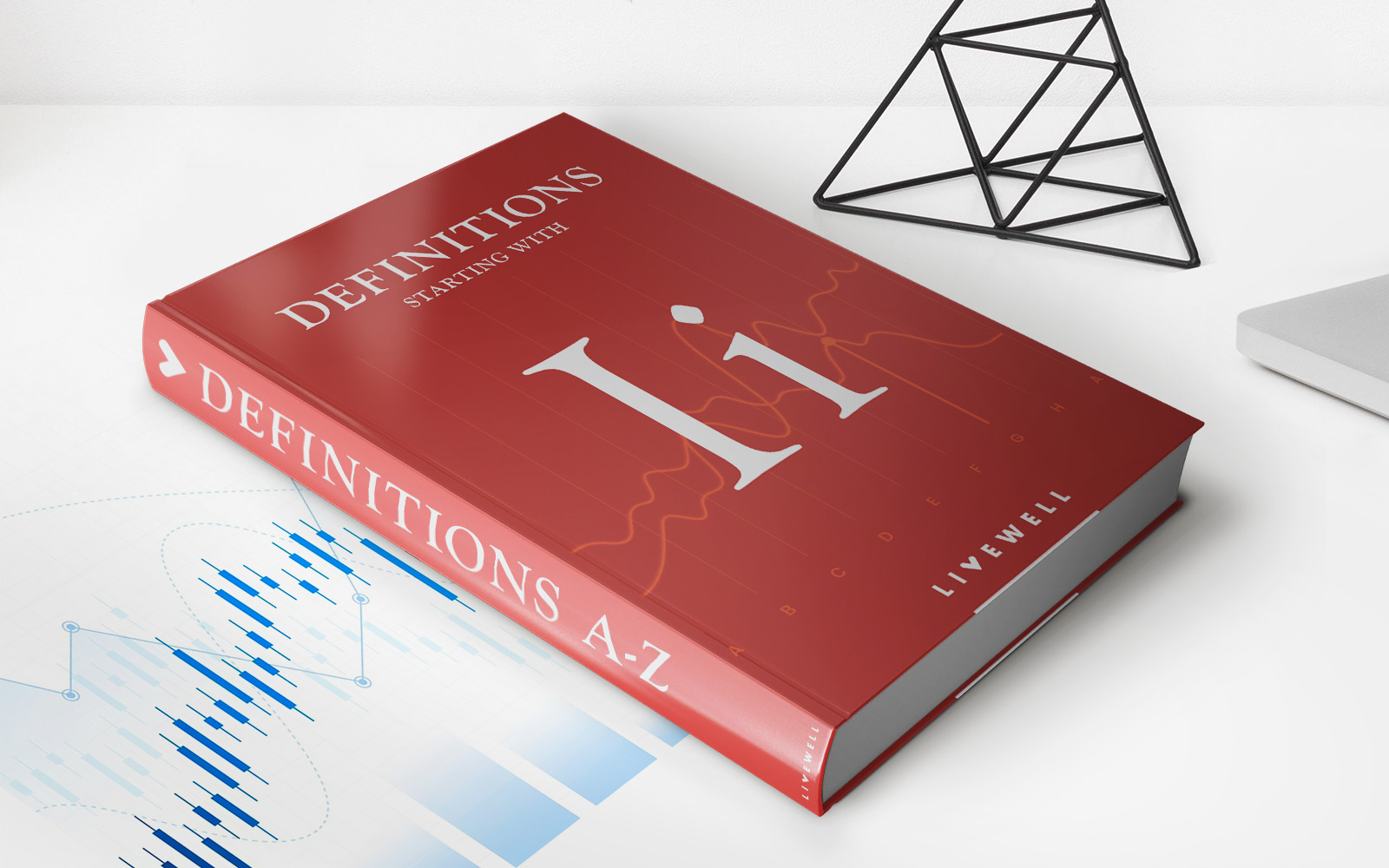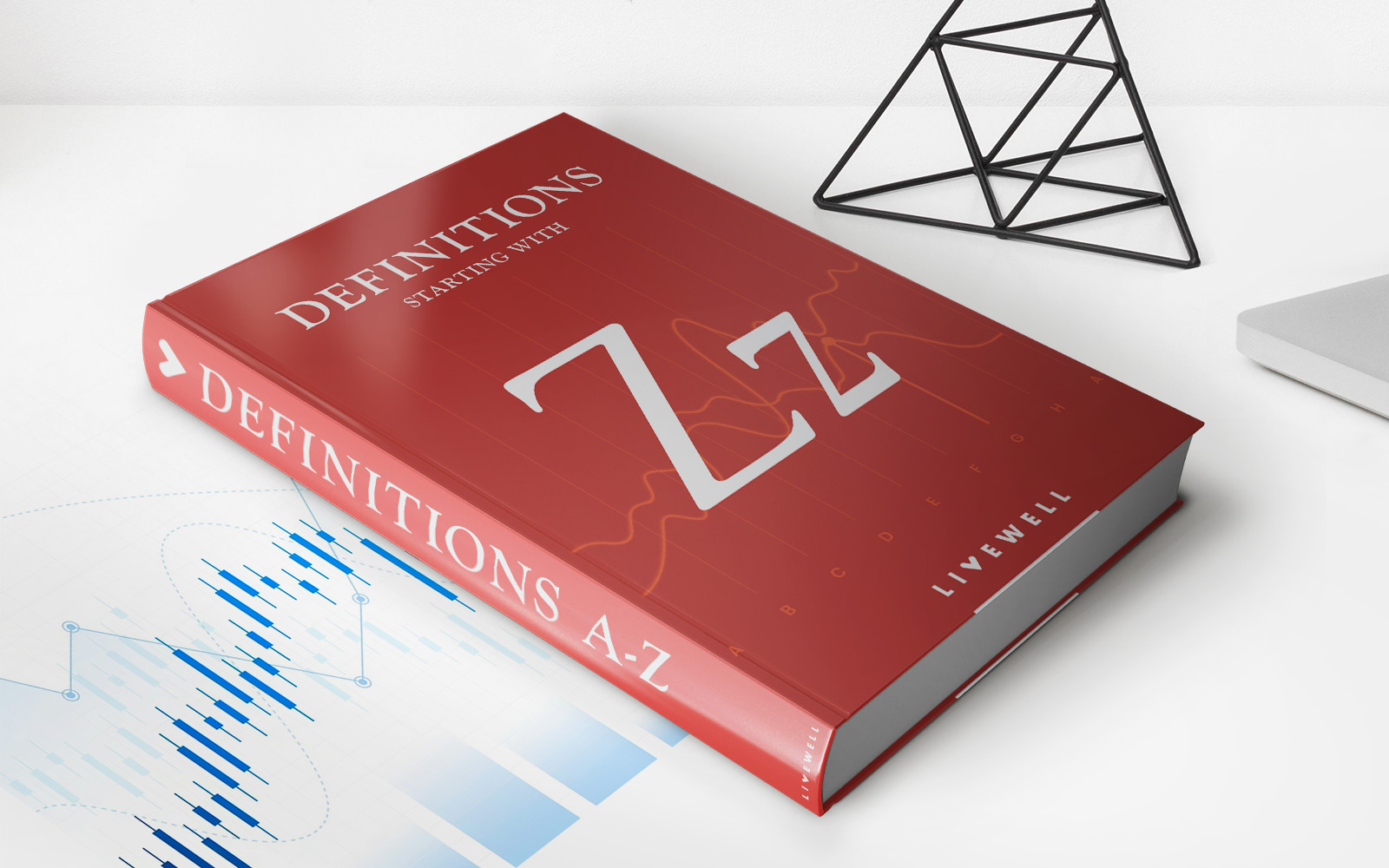Home>Finance>Howey Test Definition: What It Means And Implications For Cryptocurrency


Finance
Howey Test Definition: What It Means And Implications For Cryptocurrency
Published: December 6, 2023
Gain a clear understanding of the Howey Test Definition and its implications for cryptocurrency in the ever-evolving world of finance. Stay up-to-date with the latest developments and regulations.
(Many of the links in this article redirect to a specific reviewed product. Your purchase of these products through affiliate links helps to generate commission for LiveWell, at no extra cost. Learn more)
Howey Test Definition: What It Means and Implications for Cryptocurrency
Ever wondered how the United States government determines whether a particular cryptocurrency is a security or not? Enter the Howey Test. In this blog post, we will explore the Howey Test definition, its origins, and its implications for the world of cryptocurrency. So, whether you’re a crypto enthusiast, investor, or simply curious about the legal aspects of digital assets, stick around to learn more!
Key Takeaways:
- The Howey Test, created by the U.S. Supreme Court in 1946, helps determine if a transaction should be classified as a security.
- The test evaluates whether an investment involves an investment of money in a common enterprise with the expectation of profits solely from the efforts of others.
Origins of the Howey Test
The Howey Test received its name from a legal case that took place in 1946, The SEC v. W.J. Howey Co. In this case, the U.S. Supreme Court sought to define what constitutes an investment contract, which falls under the definition of a security.
The court ruled that an investment contract exists when there is an investment of money in a common enterprise, with the expectation of profits solely from the efforts of others. So, if a particular investment meets these criteria, it can be classified as a security.
The Three Elements of the Howey Test
Let’s break down the three essential elements that make up the Howey Test:
- Investment of Money: This means that the investors provide funds, whether in the form of traditional currency or cryptocurrency, which will be used to finance a project or venture.
- Common Enterprise: The investments from multiple individuals are pooled together, creating a common enterprise. The success or failure of this enterprise is interdependent upon the efforts of those who manage and promote it.
- Expectation of Profits Solely from the Efforts of Others: The investors in the enterprise anticipate generating profits primarily through the efforts and expertise of others involved. They understand that they are not responsible for actively managing or taking part in the enterprise’s operations.
If all three elements are present, the investment is considered a security and subject to the applicable securities laws and regulations.
Implications for Cryptocurrency
With the rise of cryptocurrency and Initial Coin Offerings (ICOs), the Howey Test has gained significant relevance within the crypto industry. The test provides guidance to determine if a new digital asset should be classified as a security token, entailing additional legal obligations and oversight.
For cryptocurrency projects planning ICOs, it is crucial to structure their offerings carefully. By avoiding the characteristics that align with the three elements of the Howey Test, projects can potentially steer clear of being classified as securities. This allows them to navigate through different regulatory frameworks, providing potential investors with a wider range of opportunities.
However, it’s important to note that the Howey Test is just one of the determining factors in the classification of cryptocurrencies. Different jurisdictions may have their own laws and tests, and the interpretation and application of the Howey Test can vary.
As the cryptocurrency industry continues to evolve, regulatory authorities and market participants will undoubtedly face challenges in applying the Howey Test to this new and innovative asset class. The ongoing evaluation and adaptation of legal frameworks will be necessary to strike the right balance between investor protection and fostering innovation within the cryptocurrency ecosystem.
In Conclusion
The Howey Test is a legal framework used by the U.S. government to determine whether an investment is classified as a security or not. For the world of cryptocurrency, understanding the implications of the test is crucial for both entrepreneurs and investors alike. By adhering to the principles outlined in the Howey Test, cryptocurrency projects can navigate regulatory frameworks effectively, providing investors with innovative opportunities while ensuring compliance with the law.
